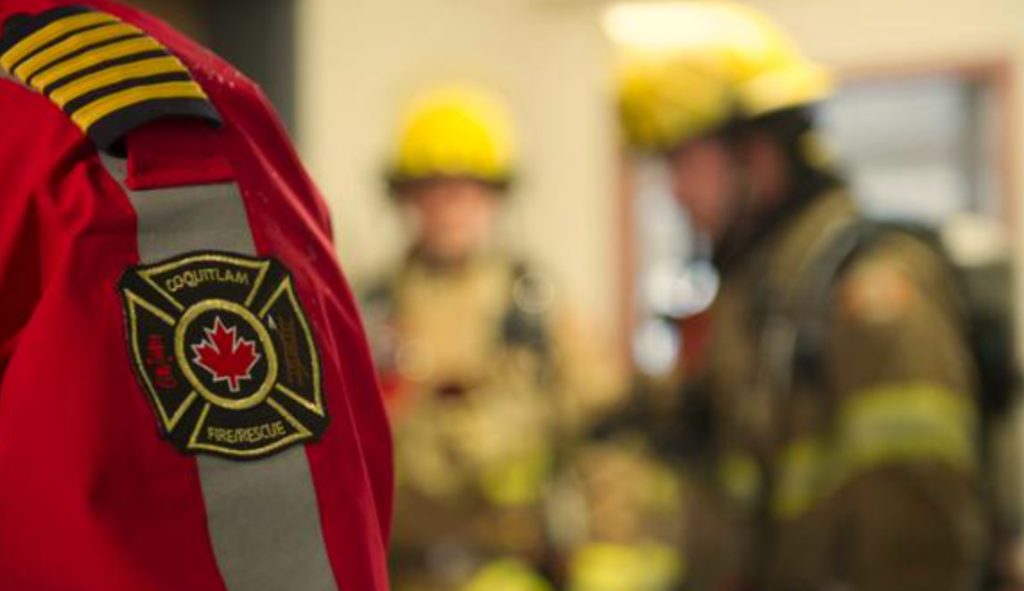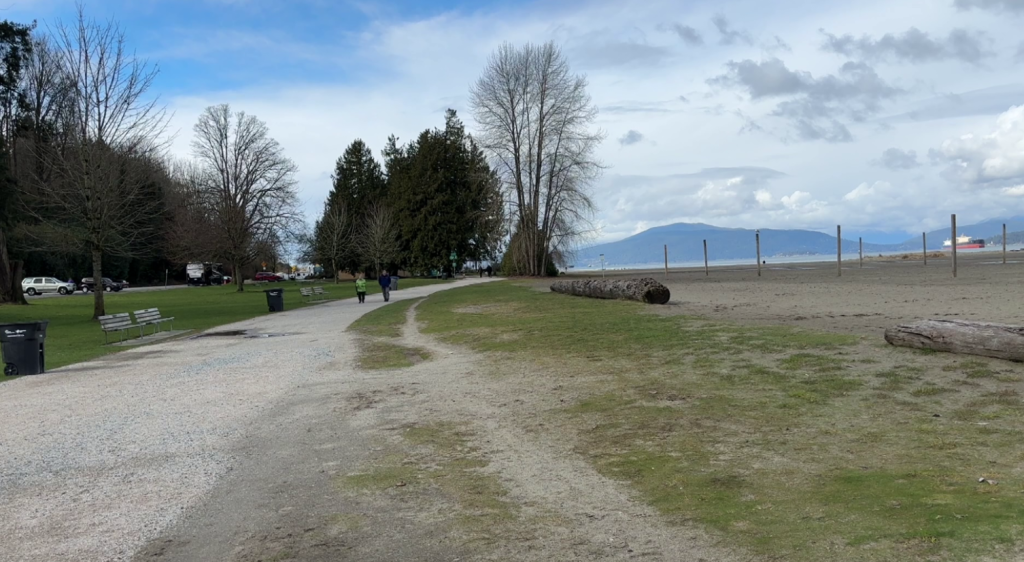Environment Canada launches project to capture snowflake on high-speed video
Posted September 24, 2012 5:18 pm.
This article is more than 5 years old.
OTTAWA – This is one flaky project.
Just in time for winter, the federal government is launching a science project to capture images of the elusive falling snowflake.
Environment Canada wants to buy an extremely fast camera that can take detailed videos of snowflakes as they float to earth.
The resulting slow-motion images will show how snowflakes evolve as they descend and that information will be used to make devices that measure snowfall amounts more accurate.
An industry notice Monday says the project will be carried out at a federal weather research facility north of Toronto.
The new camera must be delivered by mid-December to Environment Canada’s King City, Ont., radar station, in time for the snow season.
The video images would slow “the movement of snowflakes and eliminate the motion blur making it possible to track air flow, velocity, acceleration as well as flake size and shape change in some instances,” says the notice.
A spokesman for Environment Canada says the snowflake video-recording will take place at the Centre for Atmospheric Research Experiments, a federal research station in Egbert, Ont., a rural, forested area about 80 kilometres north of Toronto.
Mark Johnson declined to comment on the estimated cost of the snowflake project or video equipment.
“Photos of falling snowflakes will be taken at 2,000 to 3,000 frames per second and used to determine their trajectory in windy and turbulent conditions,” Johnson said in an email.
“This is to determine which flakes and what size of flakes will be caught by, or deflected around, different sorts of snow gauges. Then, we can determine which gauges are effective in measuring falling snow.”










